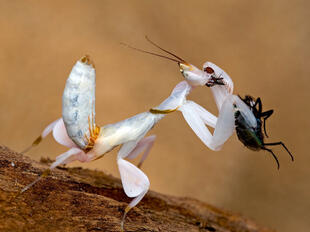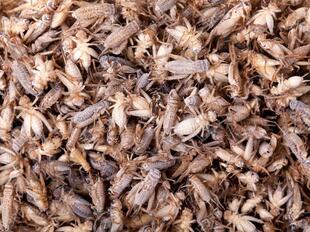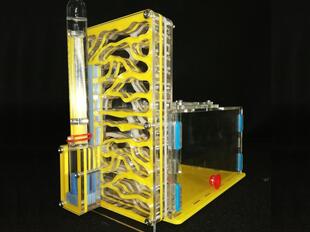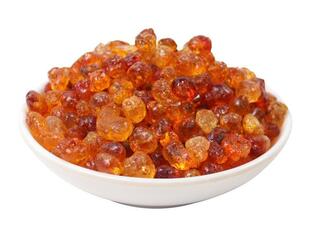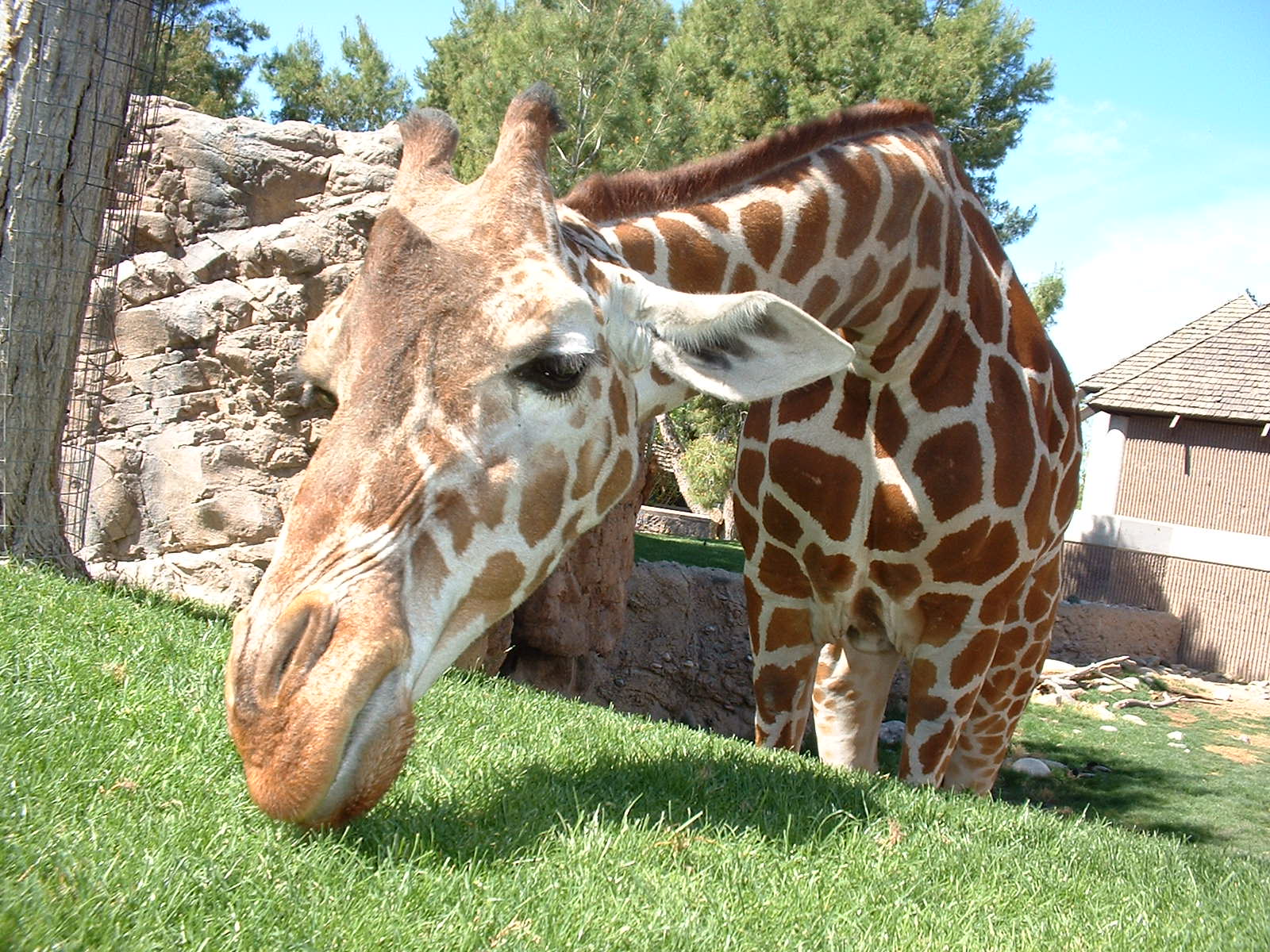
Giraffe(Giraffa camelopardalis)
Phylum —chordata
Class — mammalia
Order — artiodactyla
Family — giraffidae
Genus – giraffa
Appearance
Fully grown giraffes stand 4.3–5.7 m (14.1–18.7 ft) tall, with males taller than females. The average weight is 1,192 kg (2,628 lb) for an adult male and 828 kg (1,825 lb) for an adult female.
Despite its long neck and legs, the giraffe's body is relatively short. Located at both sides of the head, the giraffe's large, bulging eyes give it good all-round vision from its great height. The giraffe's prehensile tongue is about 45 cm (18 in) long. It is purplish-black in colour, perhaps to protect against sunburn, and is useful for grasping foliage, as well as for grooming and cleaning the animal's nose. The upper lip of the giraffe is also prehensile and useful when foraging, and is covered in hair to protect against thorns. The tongue and inside of the mouth are covered in papillae.
The coat has dark blotches or patches (which can be orange, chestnut, brown, or nearly black in colour) separated by light hair (usually white or cream in colour). Male giraffes become darker as they age. Giraffe calves inherit some spot pattern traits from their mothers, and variation in some spot traits are correlated with neonatal survival. The skin underneath the dark areas may serve as windows for thermoregulation, being sites for complex blood vessel systems and large sweat glands. Each individual giraffe has a unique coat pattern.
The skin of a giraffe is mostly gray. Its thickness allows the animal to run through thorn bushes without being punctured. The fur may serve as a chemical defence, as its parasite repellents give the animal a characteristic scent. Along the animal's neck is a mane made of short, erect hairs. The one-metre (3.3-ft) tail ends in a long, dark tuft of hair and is used as a defense against insects.
Habitat
The area of their distribution is segmental, stretching southwards from Chad to South Africa and eastwards - from Niger to Somalia. Giraffes are frequently found in areas with Acacia trees.
Behavior
Due to their large size, these animals spend a lot of time eating, usually in mornings and evenings. They rest standing up during the night. In the heat of the day, they will rest in shady areas, regurgitating the food and then ingesting it again.
Female giraffes and their young gather into small herds, keeping constantly together, in order to protect the calves from predators. Males prefer leading solitary lives, travelling long distances to find a fertile female. When two rival males encounter each other, they start "necking" - bumping heads and interlocking the necks to defend their mating rights and set up a dominance hierarchy. The winner of the encounter will be allowed to mate with local females.
Diet
Giraffes are herbivorous with their diet, mainly consisting of acacia trees. Being browsers, these animals will also consume flowers, fruits, buds and wild apricots. In addition, they love eating seeds and fresh grass after the rain. They rarely drink, obtaining about 70% of the required moisture from food.
Reproduction
Giraffes have polygynous mating system. Giraffes are non-territorial and mate all year round. Usually, males engage in combats, after which the winner gets right to mate with receptive females whenever and wherever it finds them.
Normally, gestation period lasts 13-15 months, yielding a single baby, rarely - twins. The female gives birth in a calving area, which she further uses throughout her life. Newborn calf is able to walk in just an hour after birth and can run within 24 hours after birth. Weaning occurs at 1 year old. Then, at the age of 15 months, the young become fully independent. While sexual maturity is reached at 4-5 years old, males start mating no sooner than 8 years of age.
In captivity
Giraffes have an unusually long lifespan compared to other ruminants, up to 38 years.
Keepers should not have single individuals – all of them should be formed in
the main group, consisting of at least three giraffes. If there are two individuals in the group, andif one of them dies, it may happen that the remaining giraffe will have to
live alone for a long time until anew companion is brought.
The interior must consist either ofadjoining paddocks plus paddocks for animal compartments, or of several stalls with adjoining doors, allowing you to create different combinations of aviaries. Walls and fences between internal pens must be at least of 3.5 meters. It is preferable to make aviaries of wood, but you can also use strong synthetic materials. All usedmaterials should be processed exclusively from non-toxic substances. Floors must be safe for animals. The materials in use are concrete and
asphalt. The floor should have a slight slope (maximum 5 degrees) from the center to the periphery to ensure proper drainage.
As a litter, you can use raw peat, sawdust from wood or bark (the minimum layer thickness is 10 cm), hemp or flax (only if they are well watered; 20 liters of water per briquette), covered with a layer on top, respectively, dry straw or hemp and flax.
Feed must be placed in feeders up to the height that allows the giraffe to take a normal, comfortable feeding position.
Adult animals can stay in an outdoor enclosure all day when the temperature is not
below 12 0C (530 Fahrenheit), but for young animals under 9 months of age the critical
temperature is 16 0C (600 Fahrenheit).
In outdoor enclosures, trees and /or other vegetation or walls will provide protection from the sun and wind. Heightshelters must be at least four meters.
 Russian
Russian
 English
English




















